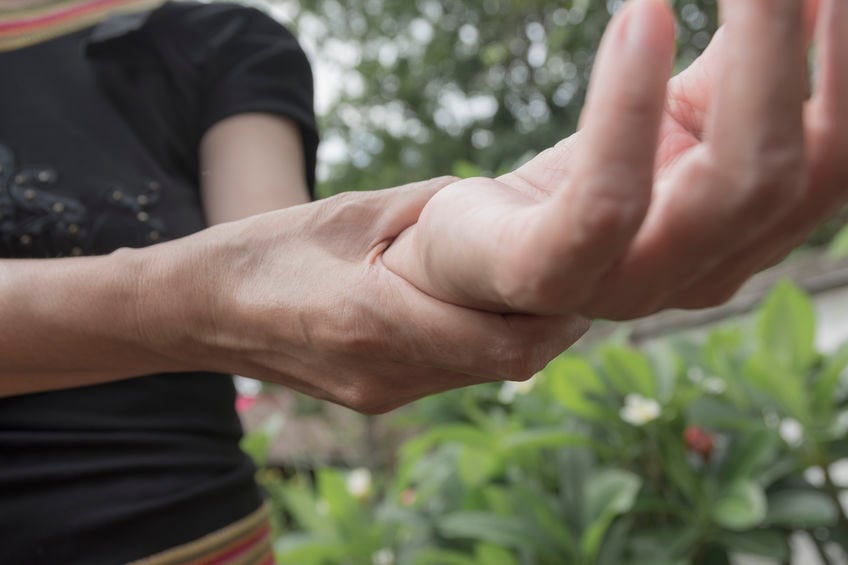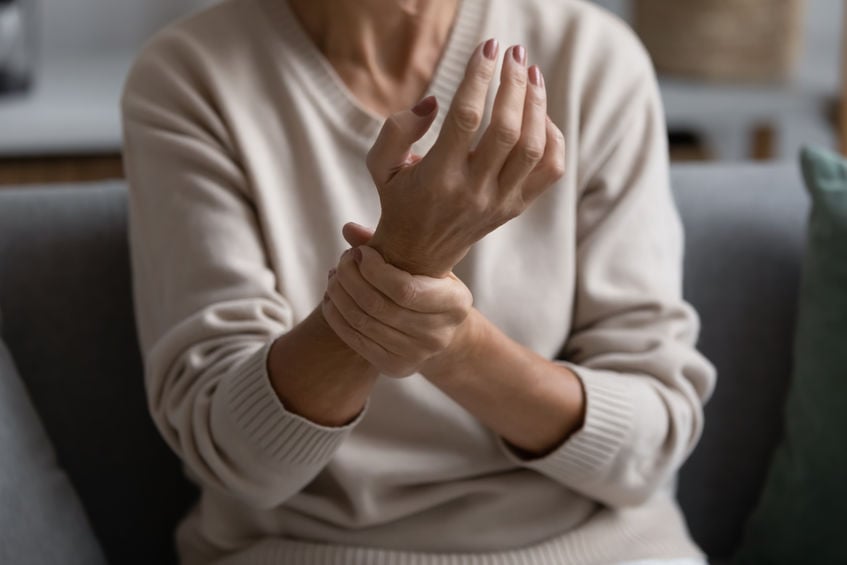Is Dupuytren’s Contracture Release Surgery Enough?
Dupuytren’s contracture release surgery is the surgical treatment for the hand disease Dupuytren’s contracture. The condition causes the fascia to thicken and tighten, permanently pulling the fingers inward. During the release surgery, the surgeon removes the thickened tissue to free up the skin and joints, thereby increasing finger mobility. However, the release surgery alone is not enough to permanently treat the disease. The patient still needs several physical therapy sessions to increase finger motion, strength, and function.

Post-operative care and physical therapy
Right after the procedure, the hand will be heavily bandaged with only the fingertips showing. The surgeon removes the bandage and stitches after 2 weeks. The patient will then start physical therapy with a qualified therapist, often surgeon-referred. The therapist will teach the patient safe ways to massage the hand and fingers to lessen the swelling. Specific exercises will also help achieve optimal recovery. The therapist might also provide a thermoplastic splint to wear at night to prevent surgery scars from contracting.
Typical finger and hand exercises
Even after regaining full use of the hand, patients still need gentle stretching and strengthening exercises for up to 6 months after the surgery. For each finger, the therapist will recommend stretching and straightening movements. These consist of spreading out the fingers, straightening and flexing each finger, full-finger bending, and hook finger bending. For the hand, exercises include making repeated fists of different sizes. A pen or marker is also used to roll the fingers into a fist. On average, these exercises are done every 2 hours. However, the therapist will decide the frequency and repetition based on the patient’s abilities.
Tendon gliding exercises
Tendon gliding exercises are among the most recommended activities to help with recovery. The tendons need to restore smooth motion after the thick fascia limited movement. Physical therapy exercises aim to engage 2 flexor tendons in the fingers. Gliding these flexor tendons helps the fingers to move freely and make a firm grip, reducing swelling. An example of tendon gliding starts with straightening the fingers first. Next, bend the tips of the fingers into a hook, then the large knuckles, and make a straight fist while holding the end joints straight. Lastly, make a full fist by bending all the joints. Other tendon exercises will improve flexibility and strength.
What happens if you stop physical therapy?
Like any exercise to grow and strengthen muscle, consistency is critical. However, physical therapy exercises carry an added challenge. The patient is dealing with an injury that can be painful even after surgery. Working through pain can be difficult, and some patients aren’t mentally prepared. Physical therapy can also be inconvenient. Even with home exercises, as little as 35% of patients complete the regimen. Stopping physical therapy means a more extended period of pain, less motion, and reduced grip strength. There is also an increased chance of repeat injury. Patients should speak with the therapist about any challenges in keeping up with the exercises.
Consistency matters
Undergoing release surgery for Dupuytren’s contracture can help decrease stiffness and pain while improving flexibility. However, surgery alone cannot fully restore the hand’s strength, motion, and function. In addition, due to factors like age and health, some patients heal faster than others. Therefore, physical therapy exercises are equally important. For faster and optimal recovery, do the hand exercises according to the frequency instructed by the therapist. These exercises may seem simple, but doing each daily significantly impacts recovery.
Can Lower Back Pain Return After Spinal Surgery? 3 Lifestyle Changes To Get The Most Out Of Fusion
Minnesota Valley Valley Center2024-04-02T14:49:38-05:00April 15th, 2024|
Spinal surgery is an excellent solution for lower back pain, but symptoms can return. With lifestyle changes, patients can get the most out of fusion.
A New Lease On Life: Exploring How Robotic Total Joint Replacement Can Get You Active Again
Minnesota Valley Valley Center2024-03-24T17:38:47-05:00March 29th, 2024|
Robotic total joint replacement uses a robotic arm to replace the joint. This innovative approach allows a quick return to activities.
Restoring Dexterity: How Outpatient Carpal Tunnel Surgery Can Change Your Life
Minnesota Valley Valley Center2024-03-24T17:38:37-05:00March 15th, 2024|
After months of wrist and hand pain, carpal tunnel surgery may be needed. With outpatient options, restored dexterity with less pain and discomfort is possible.
More Articles from MVSC
March 15, 2024
After months of wrist and hand pain, carpal tunnel surgery may be needed. With outpatient options, restored dexterity with less pain and discomfort is possible.
November 14, 2023
Recovery from ulnar nerve release surgery can take up to 8 weeks. With a strong healthcare team and strategies, the pain can be minimized.
October 27, 2023
People with thumb arthritis can experience pain when using a smartphone. A CMC arthroplasty can help individuals get back to texting pain-free.
August 25, 2023
When the wrist is fractured, people wonder how to repair the bone. Minimally invasive surgery can help restore function and decrease pain.










